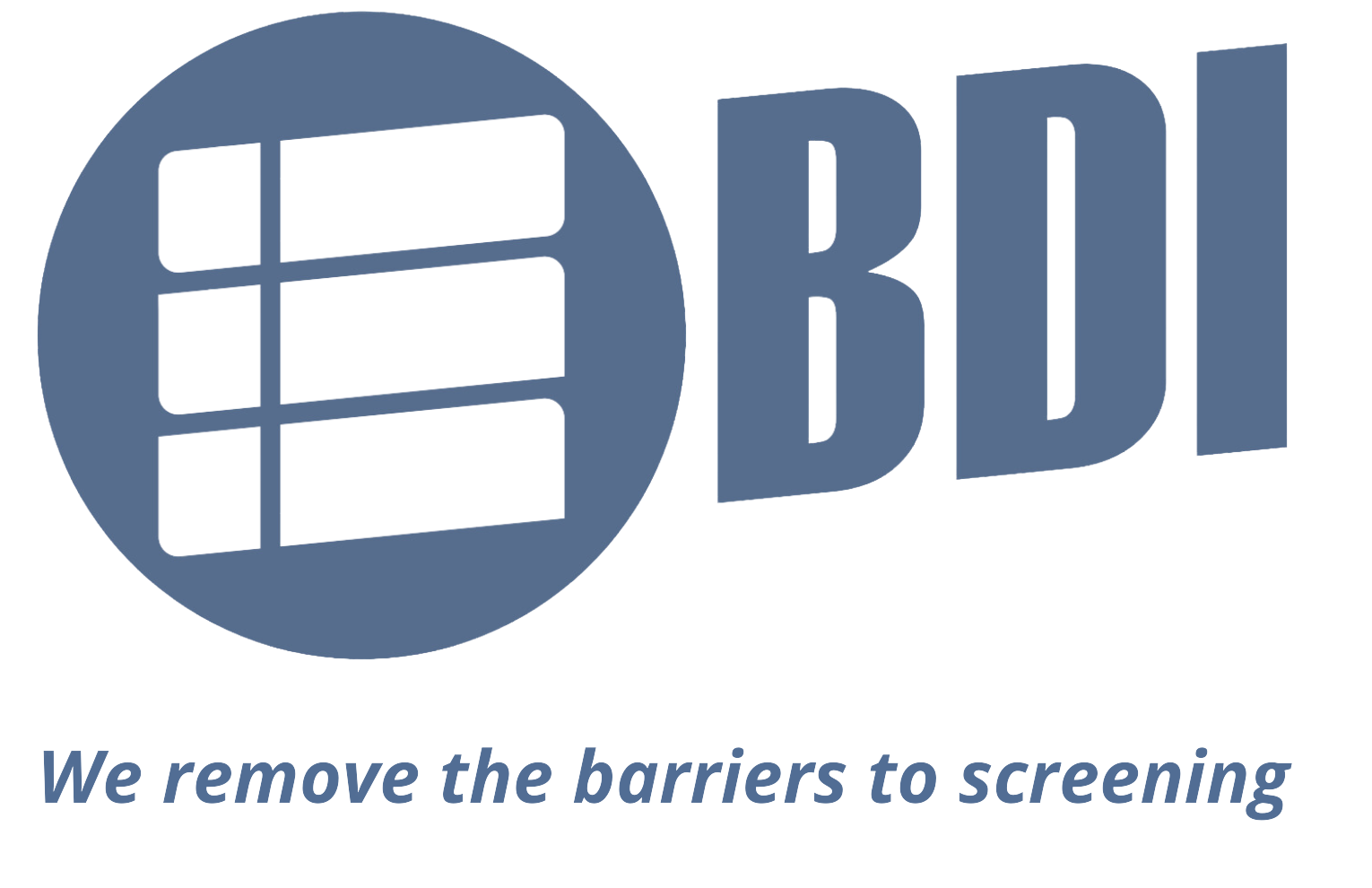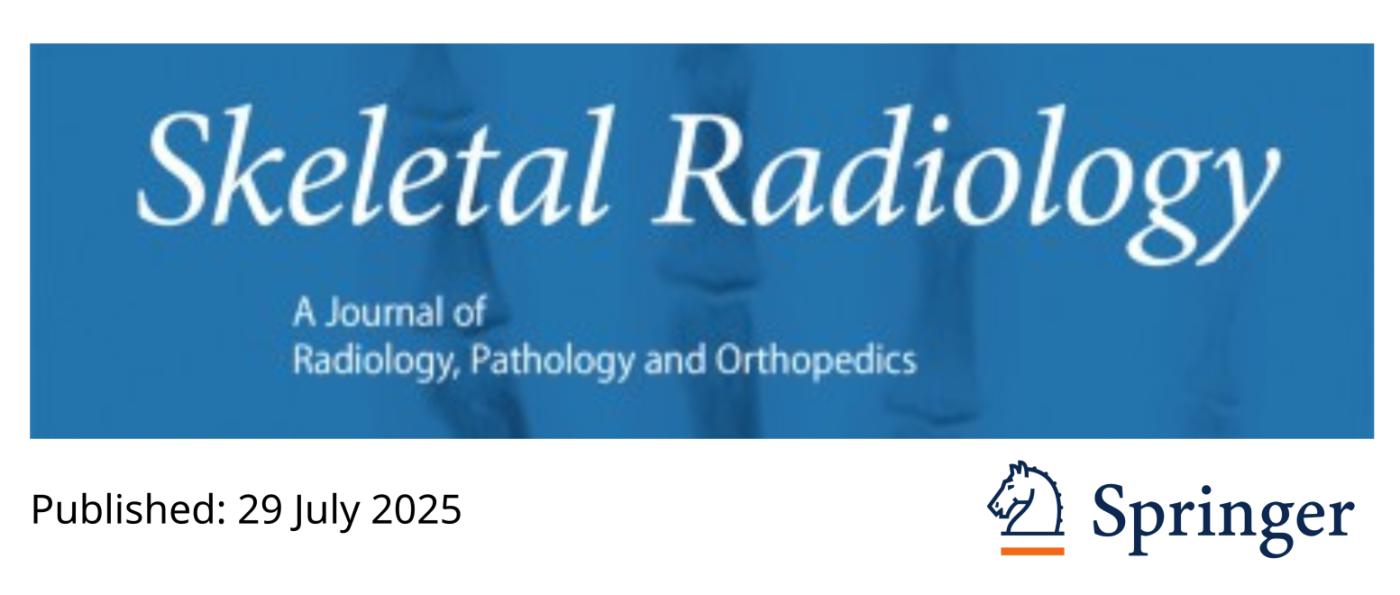CT imaging may offer a better picture of fracture risk than DEXA bone mineral density (BMD) measurements in people with diabetes, a group of researchers from BDI and Johns Hopkins recently reported. “[Our] findings suggest that [DEXA] BMD measurements may not fully capture the well-known fracture risk in diabetes,” the team wrote. The group’s results were published July 29 in Skeletal Radiology and build on years of BDI work with the Multi-Ethnic Study of Atherosclerosis (MESA) study to evaluate the relationship between bone density and atherosclerosis, including coronary artery calcium. BMD assessment helps clinicians predict patients’ fracture risk, and in general, increased BMD suggests lower risk.
The BDI and Johns Hopkins team explored the question of whether CT imaging offers a more accurate estimation of BMD in people with diabetes via a study that investigated the longitudinal association between the disease and changes in vertebral BMD derived from chest CT results. The study included 1,046 individuals from the Multi-Ethnic Study of Atherosclerosis (MESA) Lung Study with vertebral BMD measurements from chest CTs from two different time periods: 2010 to 2012 and 2016 to 2018. The investigators classified diabetes based on American Diabetes Association criteria; those with impaired fasting glucose (that is, prediabetes) were excluded. They calculated volumetric BMD using a deep-learning model to segment trabecular bone of thoracic vertebrae results from CT imaging and used linear mixed-effects models to estimate any association between diabetes and BMD changes over time. The team found that patients with diabetes had a higher baseline vertebral BMD than those without (202 versus 190 mg/cm3) and experienced a significant increase over a median follow-up of 6.2 years. Paradoxically, more fractures are seen among these participants with diabetes, so more research is needed. BDI continues to lead the way in understanding the complex relationships between bone density, fracture risk and cardiometabolic disease.
The complete study can be found here; media coverage: CT may best conventional measurements for assessing BMD in diabetics

